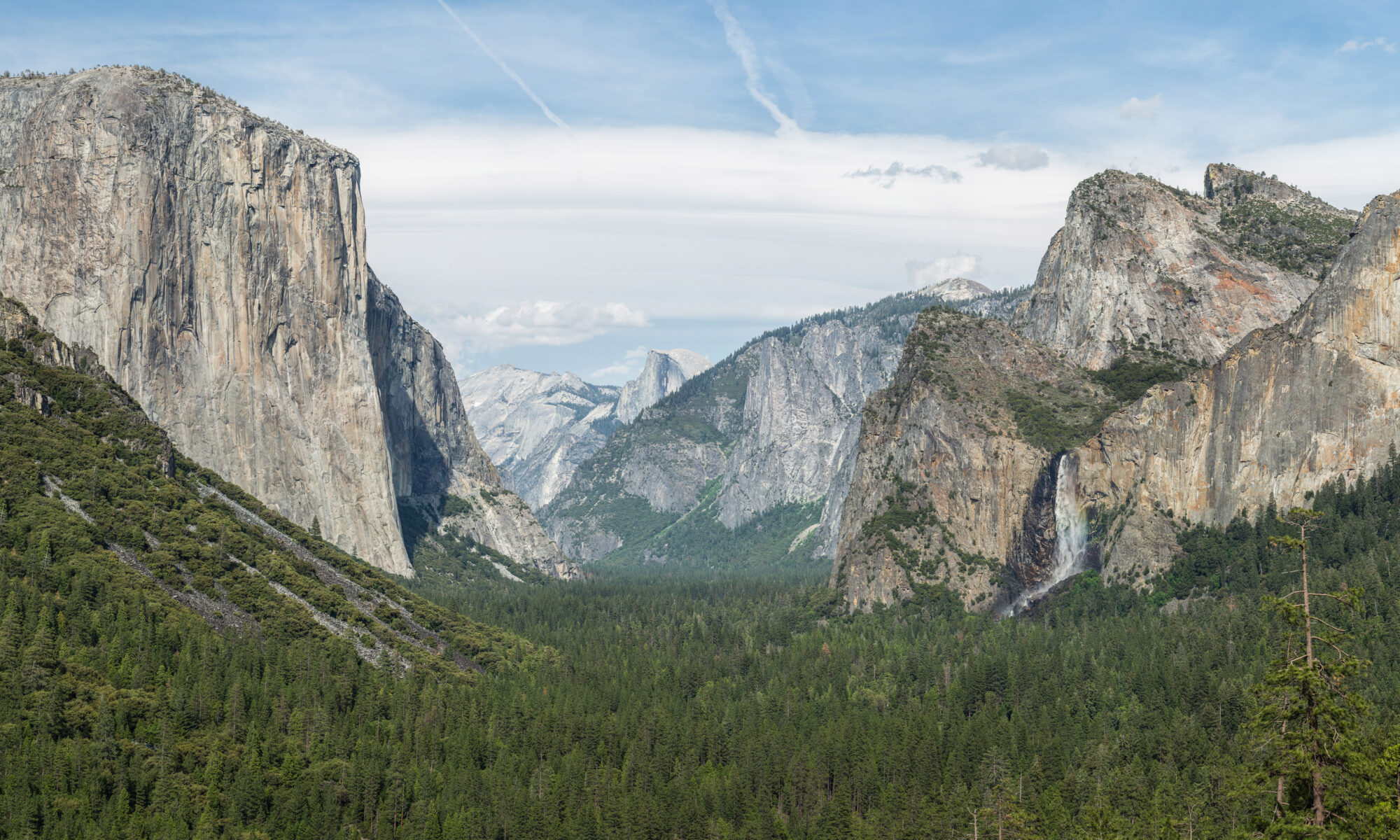Just 165 miles from San Francisco, lies one of America’s greatest treasures. Yosemite National Park sits on the western slopes of California’s Sierra Nevada Mountains, it also occupies a special place in the nation’s soul. Yosemite’s story began as the last ice age ended when the glaciers of the region’s high country scoured and sculptured the valley below.
Managed by the National Park Service and covering almost 1200 square miles, Yosemite takes in five vegetation zones, from oak and chaparral woodlands to sparse alpine high country. Of the four million visitors who come each year, most spend their time in Yosemite Valley, which is open year round.
At only 8 miles long and 1 mile wide, this valley packs in more jaw-dropping scenery than just about any other place on Earth.
The Tunnel View
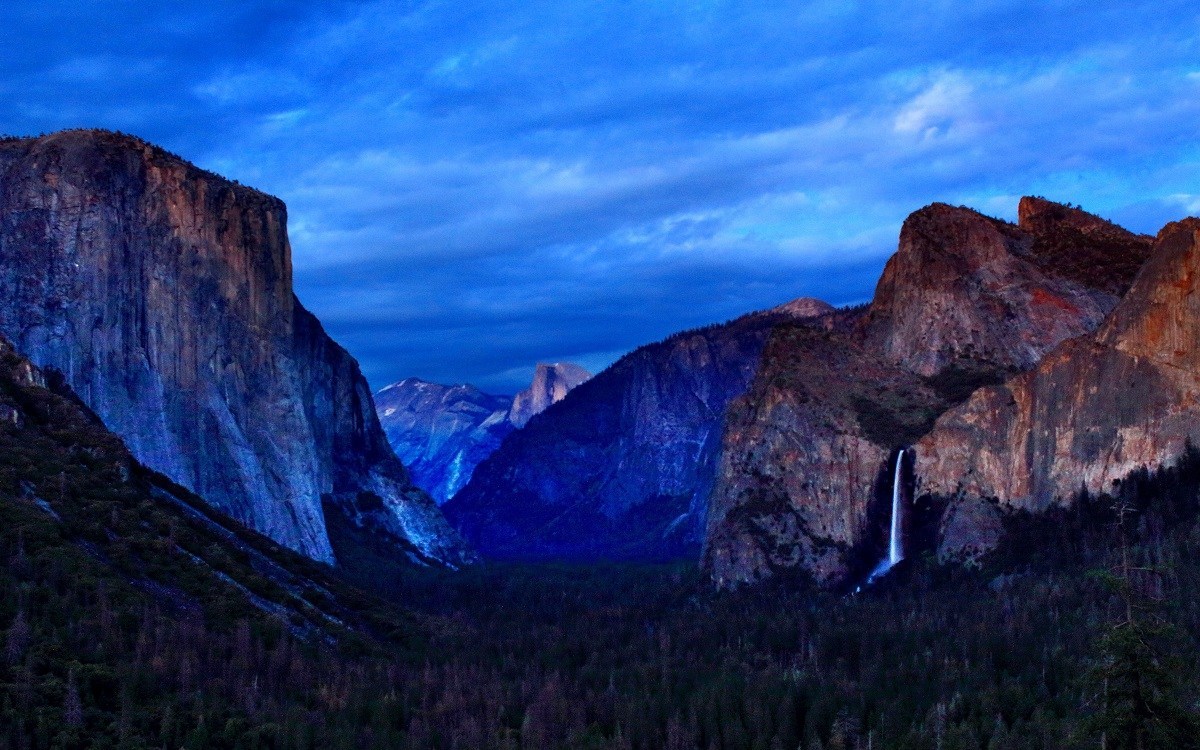
As you enter the Yosemite Valley ring road from the west, it’s worth taking a short detour to Tunnel View and stands before a sweeping panorama that’s reduced generations of visitors to silence, and many to tears. To the right, there’s the ethereal mist of Bridalveil Fall, to the left, the sheer granite face of El Capitan, while in the background, the rising majesty of Half Dome beckons you deeper into the valley.
The Bridalveil Fall

From Tunnel View, it’s just a short drive, and then an easy walk to the base of Bridalveil Fall. The fall reaches it’s peak in May, yet possess a magic all year round. If you’re looking for love, breathe deeply; the park’s original custodians, the Ahwahneechee, believe that inhaling the fall’s mists increases your chances of marriage.
The Merced River

The park’s ring road follows the banks of the Merced River, a national wild and scenic waterway, which shifts in character as it thunders and tumbles from the valley walls, before gently winding across the valley floor. Here, the river is lined with pine forests, rich meadows, and beaches. These are the places to pause, and let the park’s spirit wash over you. These are the places which inspired President Teddy Roosevelt to write, “It was like lying in a great solemn cathedral, far vaster and more beautiful than any built by the hand of man.”
The Yosemite Valley ring road is dotted with trailheads that lead off into 800 miles of hiking trails. First cut almost 150 years ago, The Four Mile Trail climbs the valley’s southern wall to two of the park’s great outlooks.
The Glacier Point
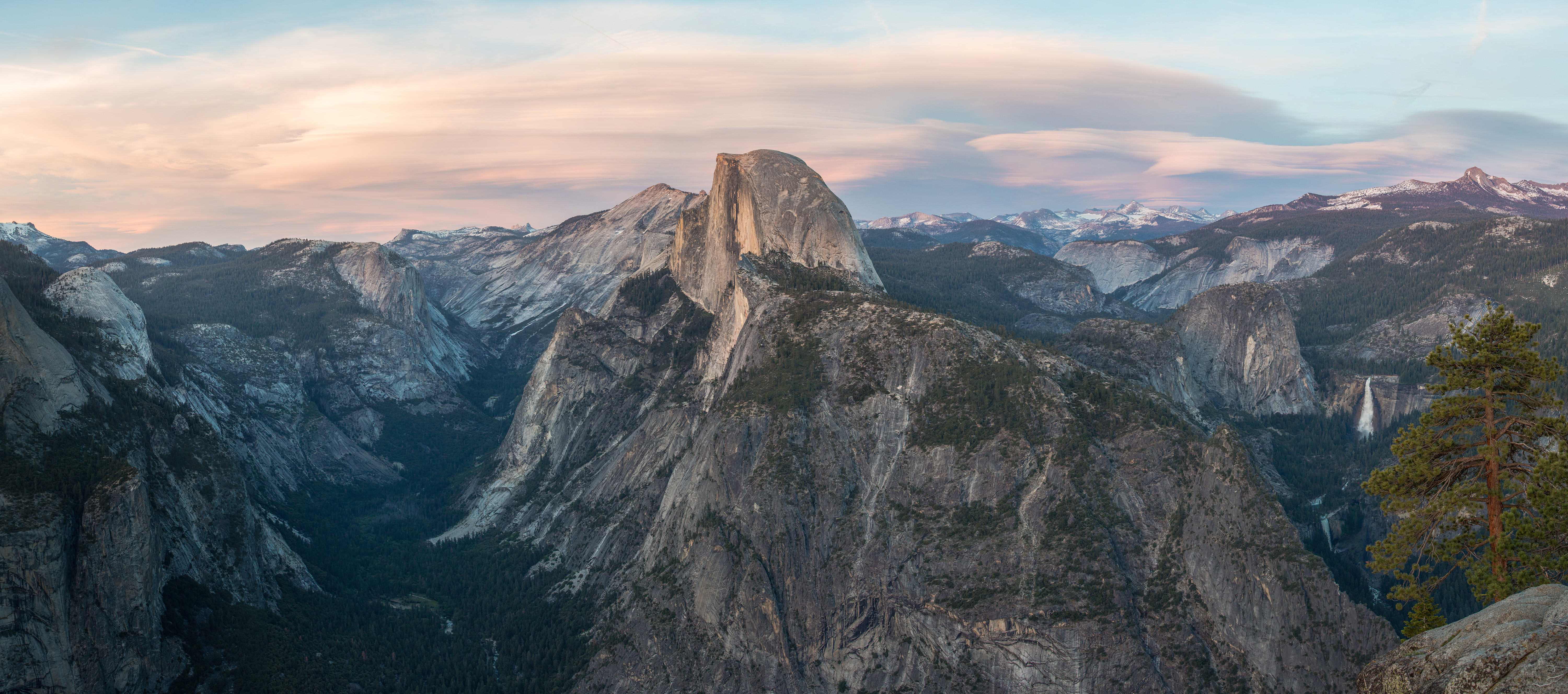
At Glacier Point, gaze down into the entire valley, and away into the distant high country. A little further along, whatever breath you have left will be taken away by the views at Washburn Point. If you’re pressed for time, you can also access these outlooks by car or tour bus via Glacier Point Road, which is open between May and November. Further along the ring road is the trailhead for another of Yosemite’s signature hikes, The Mist Trail.
This five-hour hike is for moderate to experienced hikers but repays every step with even more stunning vistas, and the spectacle of Vernal and Nevada Falls. The Mist Trail links up with the John MuirTrail, named after the grandfather of America’s National Park System.
In his 1912 book, The Yosemite, the naturalist wrote, “Everybody needs beauty as well as bread, places to play in and pray in, where nature may heal and give strength to body and soul alike”. It was writings like this, which helped seed Yosemite into the consciousness of a nation, and led to its designation as one of America’s first national parks.
The Yosemite Village
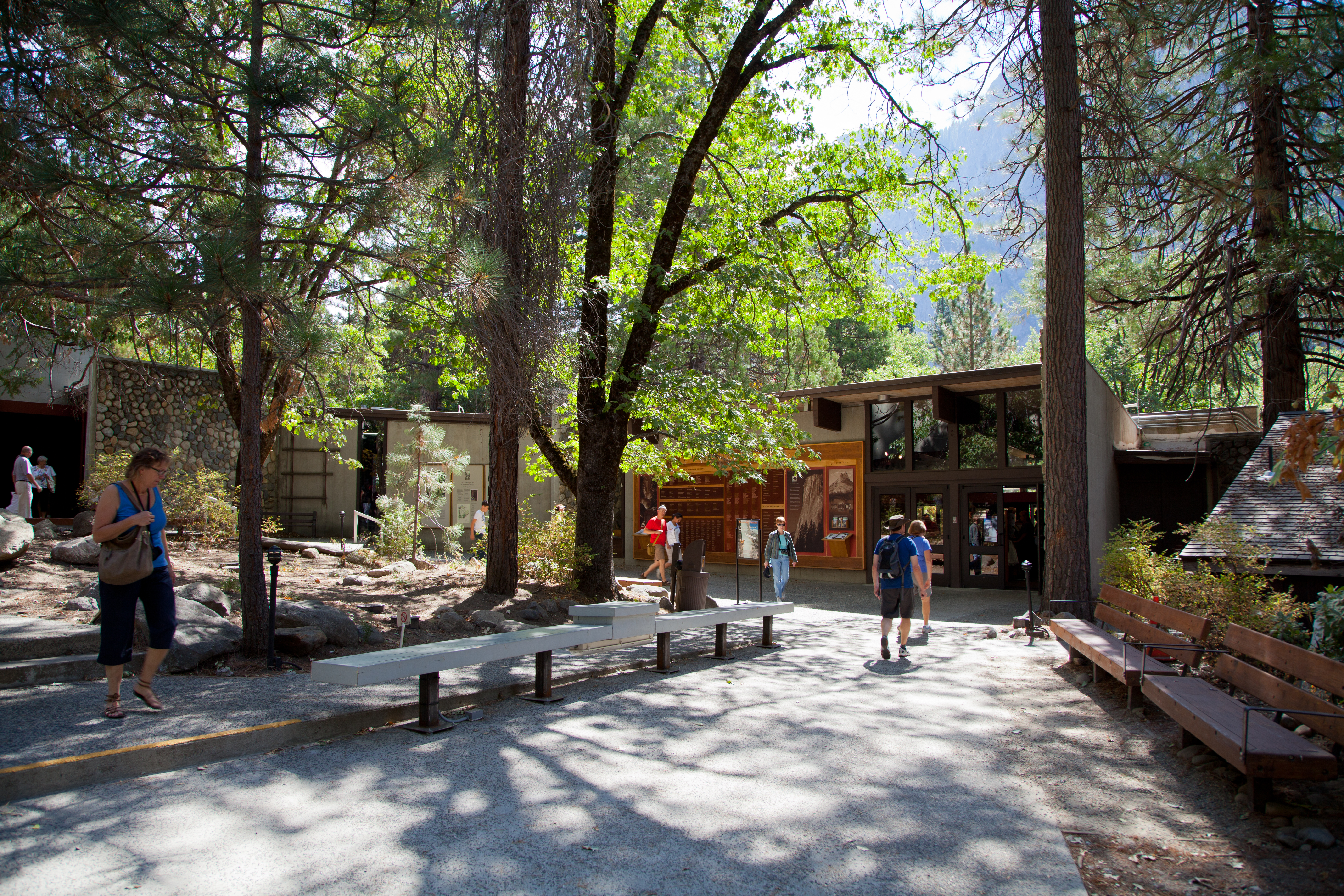
After crossing the river at the valley’s eastern end, the ring road turns west, towards Yosemite Village. At the Museum, explore the culture of the valley’s First Peoples. Then, at the Visitor Center, learn about the miners, ranchers, artists, and entrepreneurs who followed. And don’t miss the Ansel Adams Gallery, dedicated to the photographer who’s timeless black and white images have inspired millions to see Yosemite for themselves.
From March to October the park gets busy, so consider leaving your car at the village and exploring the valley on the free shuttle service. Or, enjoy the valley views from two wheels! Follow the twelve-miles of bike paths, which loops along the river and crosses dreamy meadows filled with wildflowers, taking in the valley’s star attractions along the way.
The Yosemite Falls
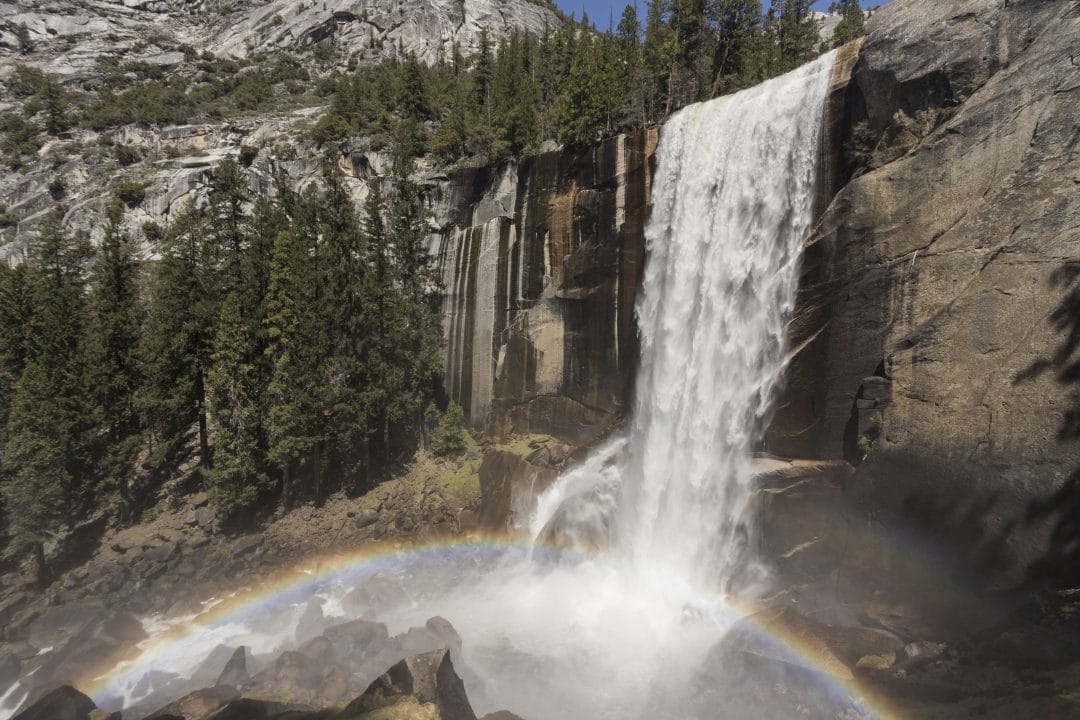
For thousands of years, the Ahwahneechee had villages throughout this fertile valley floor, but it was here at the base of Yosemite Falls, where their great chief resided. The falls flow in three sections, which you can see in their entirety from vantage points all over the park. But nothing compares to taking the one-hour hike to feel the full force of the lower falls or spending the day climbing all the way to the upper falls. When it comes to climbing, El Capitan, a 3000-foot high granite monolith has become a rite of passage for climbers from all over the world.
The first ascent, in 1958, took 47 days. From the comfort of El Capitan Meadow, sit back and watch modern climbers, who have reduced that same climb to a couple of days, or sometimes, to a just few hours. As the ring road winds back towards the park entrance, stop at Valley View, for one long look back. But there’s no need to feel heavy-hearted, because there’s so much more of Yosemite to discover, just up the road.
The Tenaya Lake

To the north of Yosemite Valley, climbs one of the USA’s most scenic highways. Tioga Road is impassable between October and May, but as the snow clears, the road reemerges, rising into the rugged Sierra Nevada high country. Pull over, and fill your lungs with cool alpine air at Olmsted Point. Refresh yourself by the pure waters of Tenaya Lake, named in honor of Yosemite’s last great chieftain. Then follow the road further to Tuolumne Meadow, the traditional summer hunting grounds of the Ahwahneechee.
Today, this sub-alpine meadow is the perfect place to stock up on serenity or to pick up one of the many trails that lead to further alpine adventures.
The Lembert Dome
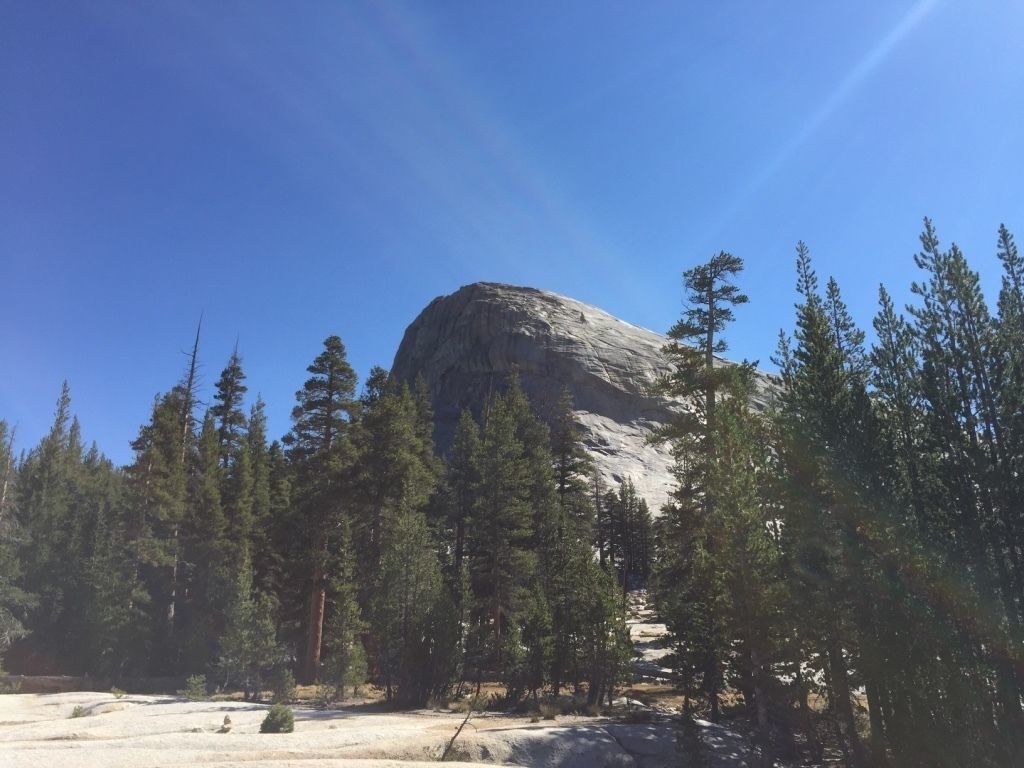
One of the shortest, but most rewarding trails lead to Lembert Dome, named after one of the parks earliest settlers. From its high country to its waterfalls, from its towering sequoia groves to its valley meadows,
Conclusion
Yosemite is an American story unlike any other. It is a place where a nation returns again and again, through the best and worst of times, to breathe, to be inspired, and just be. For this is a place, John Muir once wrote, that is far easier to feel than to explain. This is a place, to wash the spirit clean.
